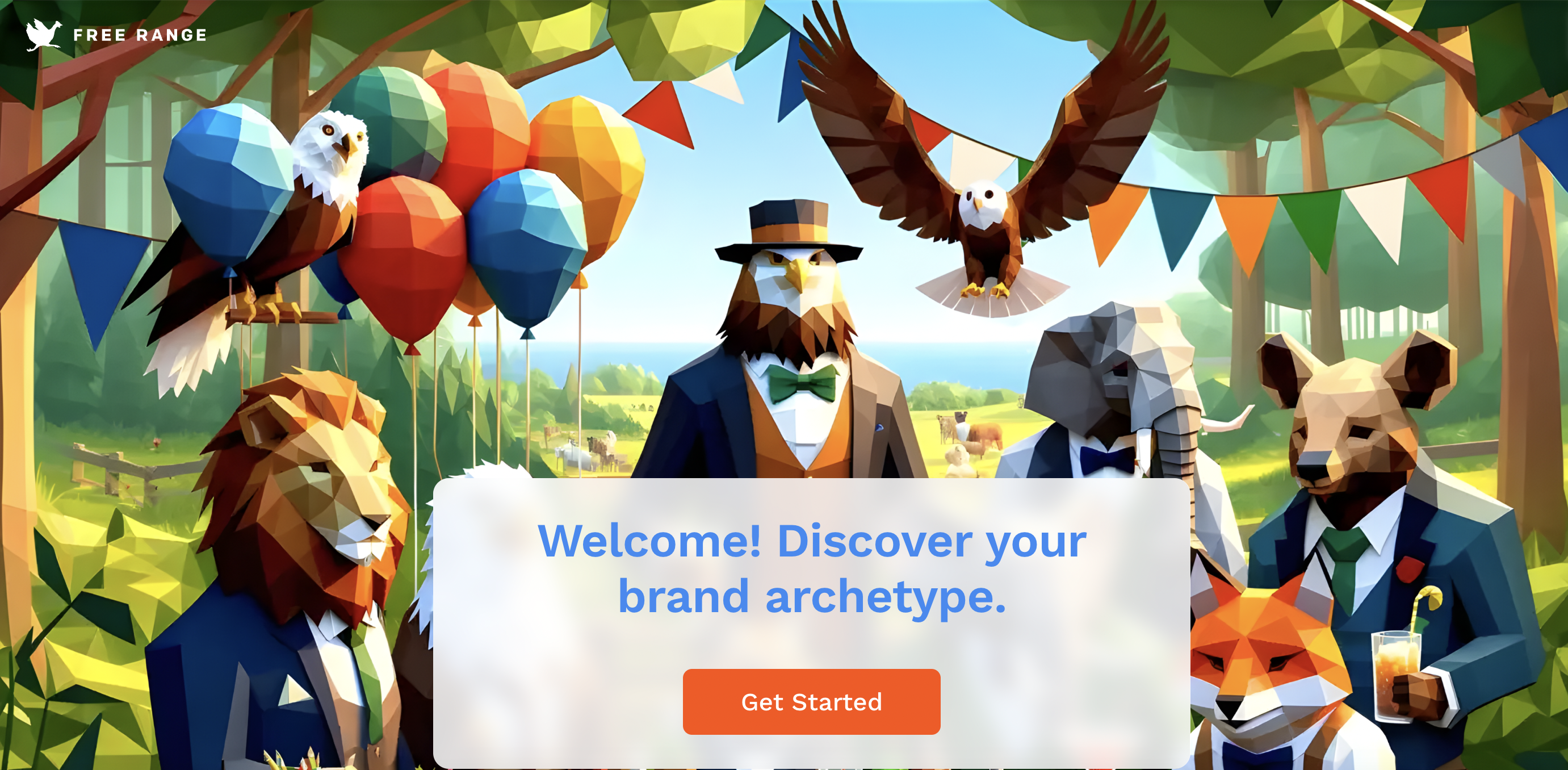Creating a structural roadmap for organizational, business, or digital transformation is great for getting your goals on paper. It may be enough to paint the broader picture, but how do you actually get the ball rolling? When is the right time for your organization to undertake a transformation, and how can you increase the likelihood of success?
Significant change requires identifying the critical capabilities that need to be learned and embraced. Without complete organizational buy-in, you’ll end up with your team trying to steer the ship in different directions. To get everyone aligned, you should understand that a successful transformation requires a change agent with a consistent, impactful narrative.
A change agent can be defined as someone or something that highlights the need to pivot or evolve, making the need clearly visible to the entire organization. Change agents can exist internally or externally. They can be customers, partners, competitors, or employees.
Here are some suggestions to help identify a change agent for your organization:
- Collaboration—Instead of building a structural roadmap from the top and implementing a hierarchal command chain through internal reports, empower your team to build the roadmap in collaboration with leadership. This creates a sense of ownership, and change agents will emerge.
- Momentum—Identify recent compelling traction among your customers, users, or even your competitors. This will illuminate shifts in markets or gaping opportunities that are worth exploring.
- Social Capital—By recognizing who has the social capital, communication skills, and the ability to act (not just advocate) on change, you’re identifying how to get buy-in and leadership through action. While it’s possible to identify this type of social capital internally, this type of change agent is often the result of a strong partnership.
- Narrative—When your team embraces a good story or narrative, they will internalize the “why”, and a shared path with clear goals and milestones will emerge.
Trying to force a change because your organization recognizes there is a need does not effectively drive a transformation.
First, you should think about building a clear structure collaboratively to identify opportunities for change, empowering internal and external stakeholders or partners to identify needs. This will lead to new insights and identify areas of momentum or potential traction. It’s easy for organizations to miscalculate what they can take on internally—don't be afraid to try working with competitors, or establishing partnerships that can catalyze important change.
Change agents help reduce friction. Whether you are taking a top-down or bottom-up (emergent) approach to change, you can’t have a successful digital or business transformation without alignment. To identify the best opportunities for your organization, start by pinpointing who your change agents are, and how you’re going to get them to enroll in your mission.



